We cover all kinds of events from music to sporting and from performance to equestrian.
Good event photography is making the people involved look great. The skills required in event photography are very similar to that required in wedding photography and indeed in most other disciplines.
- Know your event so you can ‘predict’ great photo opportunities,
- Know you angles (don’t be afraid to get down on the ground!)
- Make the most of the light to shape your subjects,
- Be mindful of the background,
- Know your gear and how to get the best from it.
People preforming, be it on stage or on the field look best when they look larger than life! the low angle exaggerates physique and elevates the subject, if it’s a car show then unique angles or detail closeups might be in the brief.
Why pay for a professional photographer to cover your event?
It’s a good question and in this day and age of great phone camera’s the question is worth asking. Phone camera’s are excellent for capturing pictures in good light, often the HDR modes can make things look better than real life and even night shots can look amazing.
The limitations however become apparent when two things happen.
- The light is less than ideal and the subject is moving,
- The subject becomes further away.
Phone camera’s use a technology called Computational Photography, Computational photography refers to digital image capture and processing techniques that use digital computation instead of optical processes.
Basically a phone camera takes multiple images and overlays them together to improve clarity and balance exposure (HDR) and reduce noise.
Issue arise when subjects are moving and/or the shutter speed is very slow as not all the images are the same so they become less effective at stacking them.
It not just about the camera… there is a well known saying “all the gear and no idea”, a good camera does not guarantee a good photograph.
Examples of good and bad photography
If you are here to learn about event photography and how to improve your own then the following example shots will help you identify common mistakes and enable you improve your own results.
The following two images highlight the difference in good vs bad photography, in this example it is sports but the principles are the same in all eventing situations.
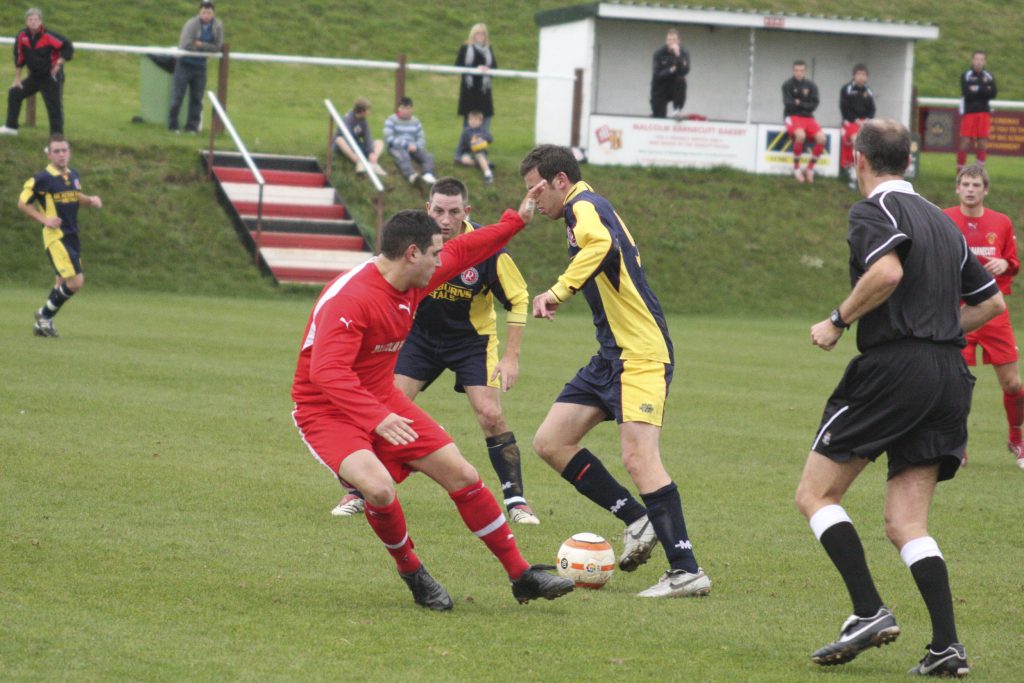
Example of bad event (sports) photography
The bad image was taken with a Canon 7D EF100-400L II @ F5 145mm 1/1000 sec ISO 3200, a very capable setup, that said it has the following faults;
- Poor composition with the main subject being too small with their eyes being obscured,
- The angle is too high making them look normal and not physically athletic,
- The horizon is not level which is extremely distracting,
- Lack of clarity caused by excess digital noise making the image appear muddy.
Ultimately the the image is just not interesting to look at with most of the image being almost in focus leaving the viewer wondering what they are looking at, this unfortunately can be a limitation imposed by equipment, typically at this kind of event subject distance ‘is what it is’ as you have little control so having equipment options can really make a difference. The only redeeming factor in this image is the ball is in the shot.
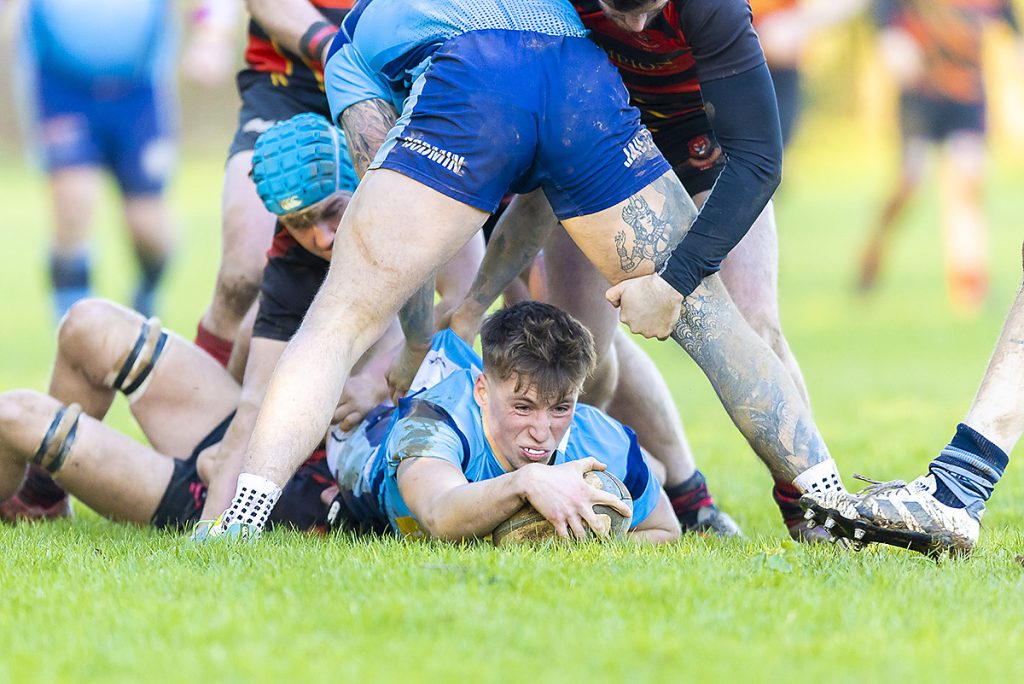
Example of good event (sports) photography
By contrast the good image taken with a Canon R5 EF400mm f2.8 L IS II @ f2.8 – 1/2000sec – ISO 1250 has;
- Great composition which stems from the angle being low making the subjects look powerful,
- The main action is clear with the focus being directly on the eyes,
- The image tells a story to the viewer with the imaging showing the physicality of the sport being photographed,
- The higher shutter speed and lower ISO enabled by the fast lens has produced a fantastically sharp, clean and engaging image,
- Additionally although not essential in this instance the use of good equipment has helped separate the subject.
Not all events are outdoors
For events requiring additional lighting we use Godox Flashes, typically we will use a Godox V1 if on camera flash is required and AD200’s if off camera flash is needed/preferred. For larger events requiring even more power we can use the studio strobes.
A couple sample shots from events covered by us.
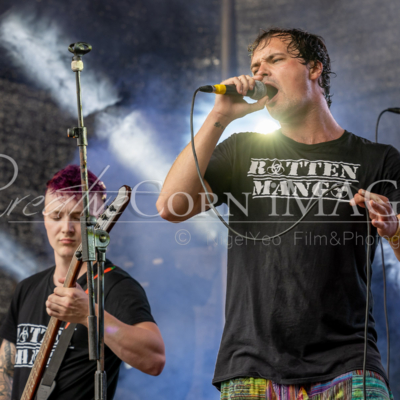
Alstock Festival 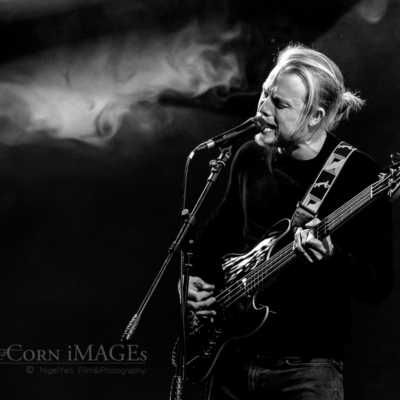
Battle of the Bands 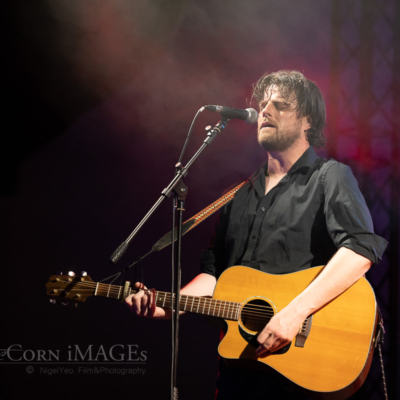
Concert 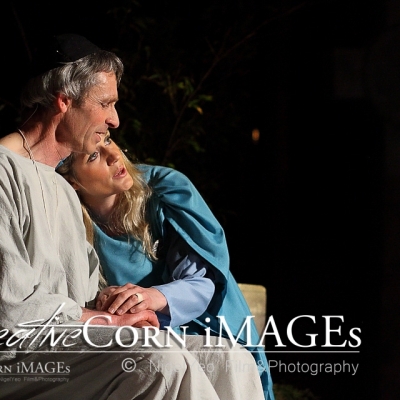
Musical Play 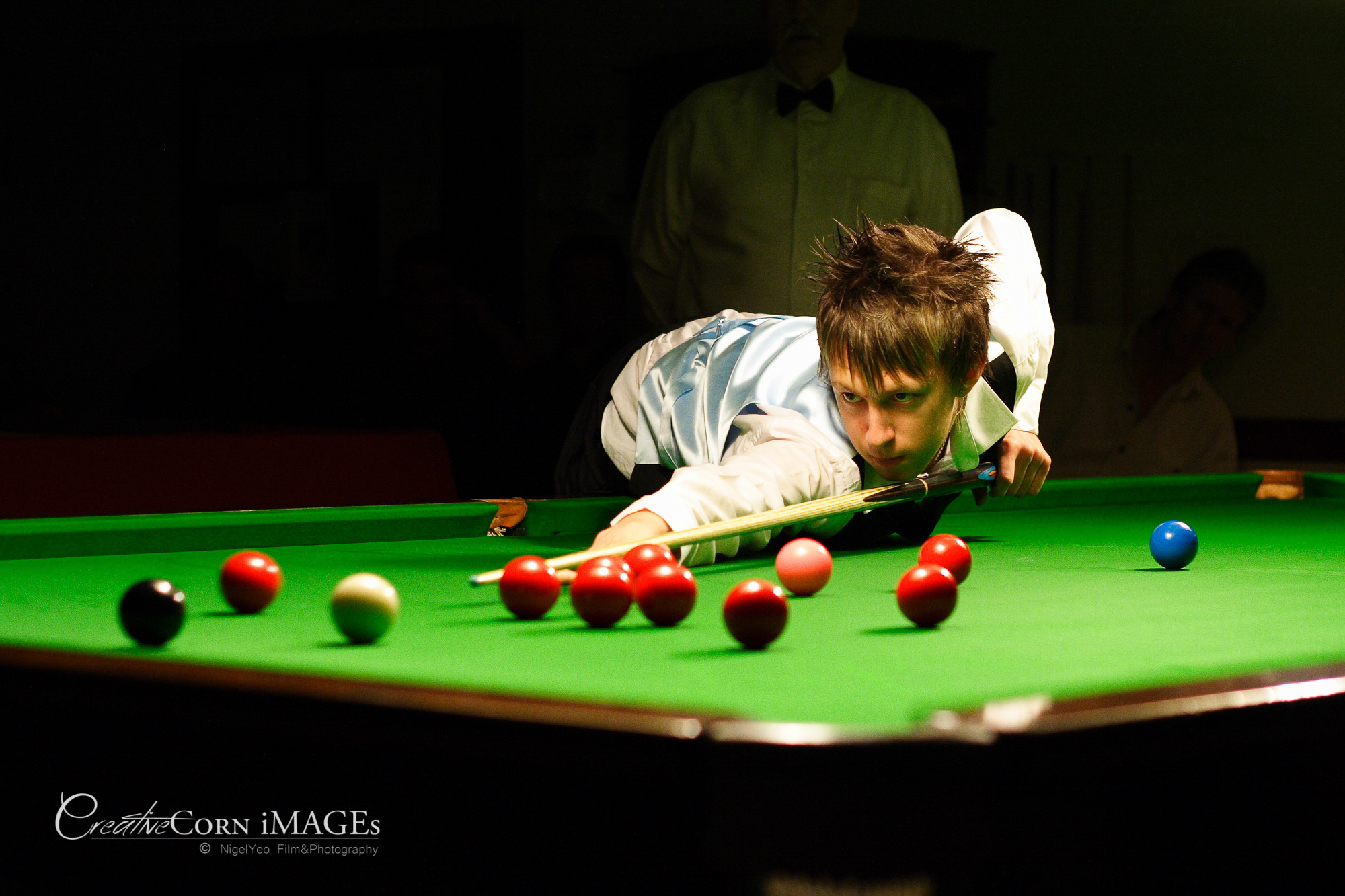
Judd Trump Snooker 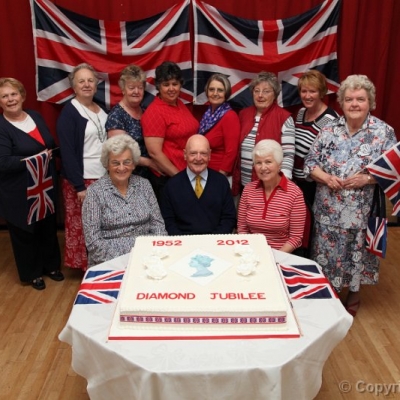
Jubilee Celebrations 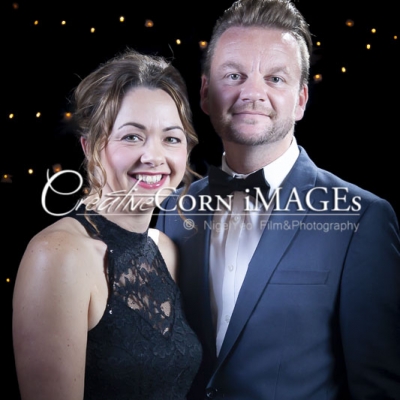
Special Celebration Dinner 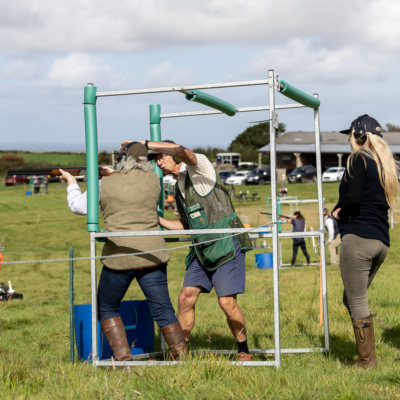
Training day 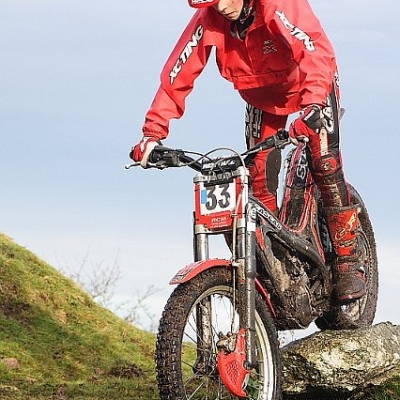
Junior Trails Event 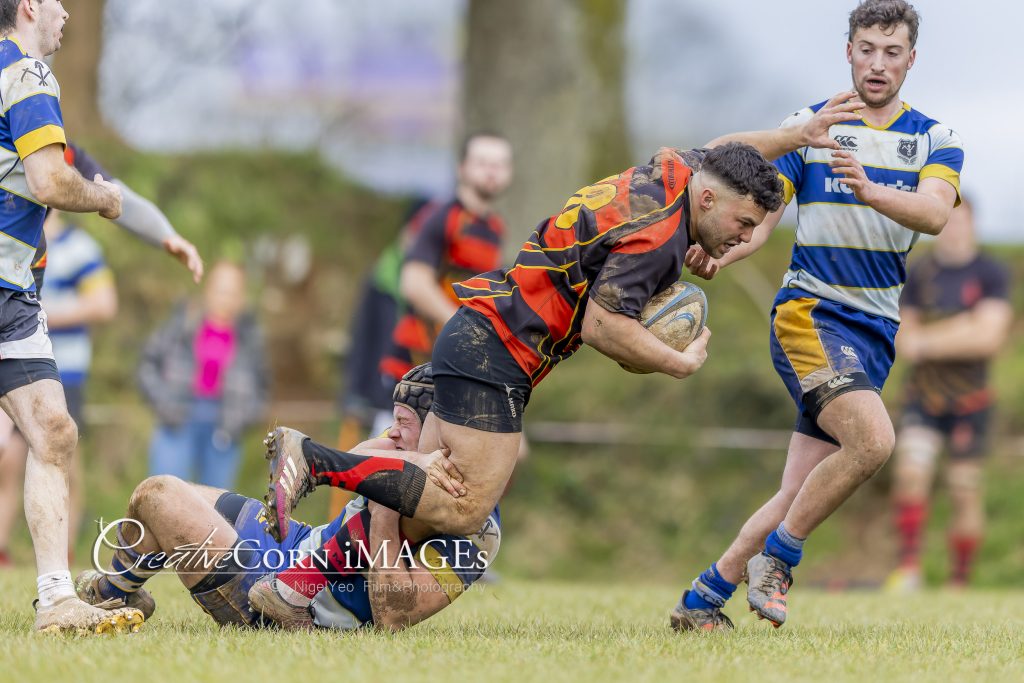
Local Rugby 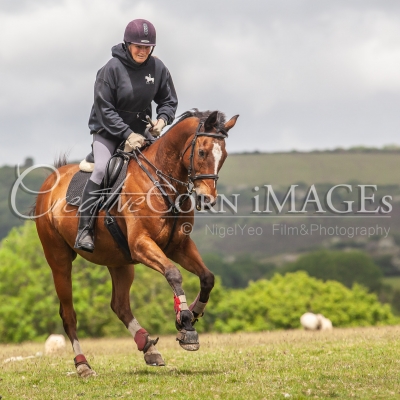
Charity Ride 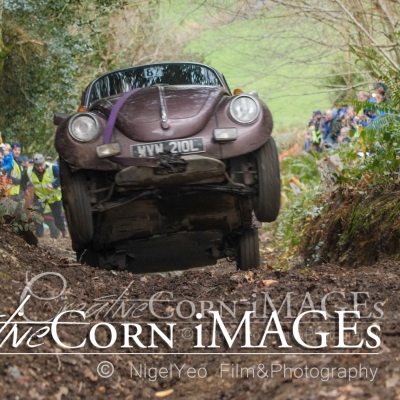
Car Rally
Please use the contact us page for more information and availability.
